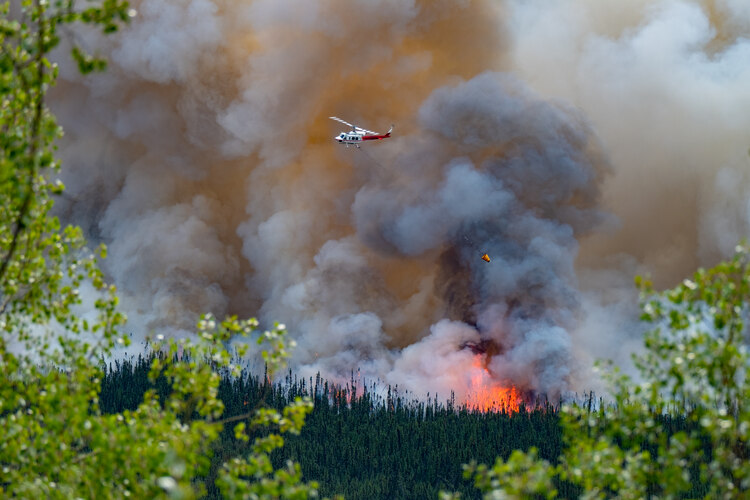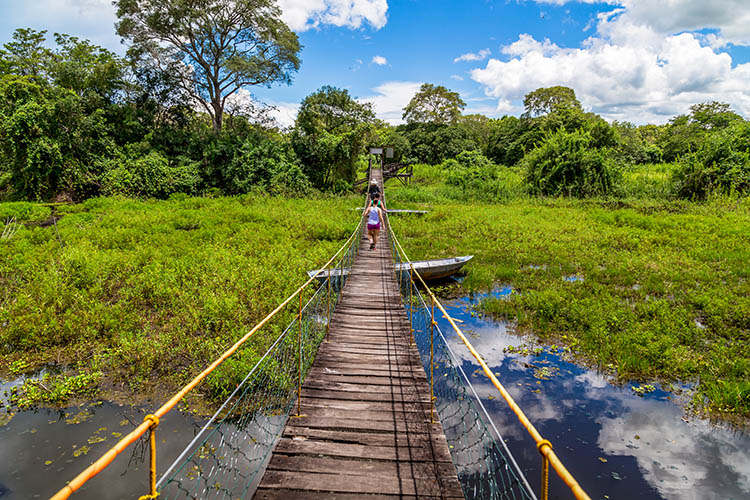
A study of worldwide deforestation rates reveals dramatic declines in Brazil and Colombia, but that worldwide deforestation rates have risen
By
The story of deforestation in the Amazon and other parts of tropical South America is hardly a new one. But here’s a version of the story that is new. Deforestation rates in Brazil and Colombia notably declined in 2023, and that might be thanks to a new political outlook in those countries.
This welcome good news has been revealed in Forest Pulse, a newly released report by the University of Maryland’s GLAD lab and the World Resources Institute (WRI). The report shows that between 2022 and 2023, Brazil and Colombia experienced an impressive decrease in primary forest loss of 36 per cent and a huge 49 per cent respectively.
This big turnaround is likely due to new governments with a pro-environment agenda taking power in both countries. In Brazil, President Luiz Inacio Lula da Silva came to power in 2023, and one of his election promises was to end deforestation by 2030 and reverse the loosening of environmental protections instigated by his predecessor. Likewise, in Colombia, President Gustavo Petro, who also vowed to tackle deforestation, came to power in 2022.
However, while this is undoubtedly good news for parts of the Amazon rainforest, the overall global picture is far less promising. The report highlights how deforestation rates have soared by 27 per cent in Bolivia (although half of this amount was due to forest fires caused by unusually hot weather) and has also risen notably in Laos and Nicaragua. And even in Brazil, the picture isn’t all rosy. Despite reduced deforestation in the Brazilian Amazon, rates have increased in the ecologically vital Pantanal and the Cerrado grasslands.

Other key findings of the report showed that the world’s second-largest rainforest, the Congo, is in trouble with deforestation in the Democratic Republic of the Congo, which contains by far the gorilla’s share of the Congo rainforest, continuing its slow but steady increase over the past decade.
Indonesia, which has the biggest rainforests in Southeast Asia and some of the world’s oldest, also showed a significant 27 percent uptick in deforestation last year. However, overall levels of loss remain historically low compared to the highs of ten to fifteen years ago.
Perhaps the most surprising discovery, though – and the one that pushed global deforestation losses up by around a quarter – was the staggering amount of forest lost in Canada in 2023. Tree loss here was up five-fold on 2022. However, the reason for this wasn’t due to the cutting and purposeful clearing of trees but was thanks to the huge forest fires that raged across large swathes of Canada through the spring, summer and autumn of 2023.
The report closes by claiming that worldwide progress in reversing high deforestation rates is possible, ‘If they garner the political will to do so, and the countries that have accomplished this can provide lessons for others. However, past experience in Brazil shows that such progress can be reversed when political winds change.’
Related articles:




